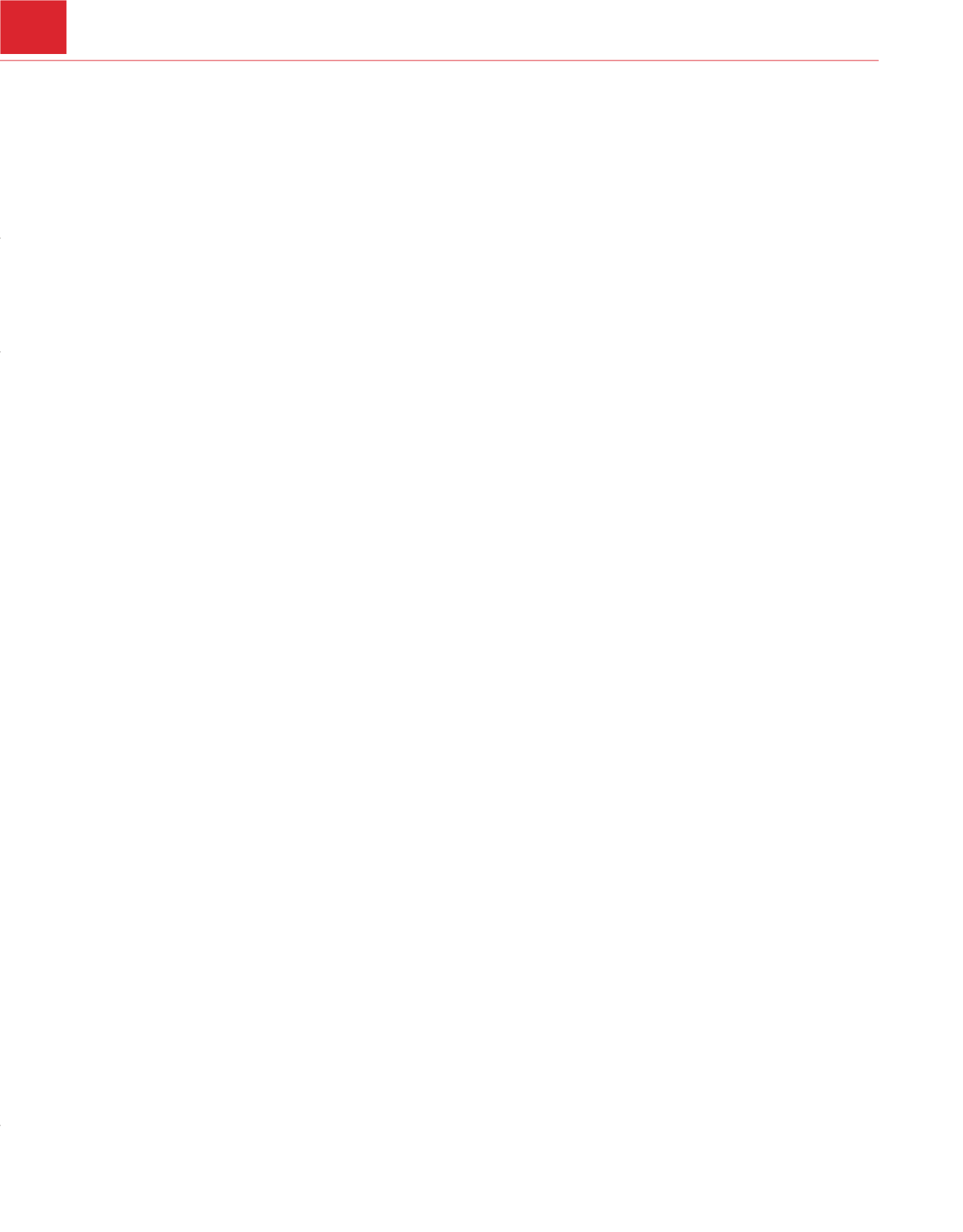

1376
Control de la anestesia
III
103. Sulaiman L, Tighe SQ, Nelson RA: Surgical vs wire-
guided cricothyroidotomy: A randomised crosso-
ver study of cuffed and uncuffed tracheal tube
insertion. Anaesthesia 61:565–570, 2006.
104. Gerich TG, Schmidt U, Hubrich V, et al: Prehospital
airway management in the acutely injured patient:
The role of surgical cricothyrotomy revisited. J
Trauma 45:312–314, 1998.
105. Holmes JF, Panacek EA, Sakles JC, Brofeldt BT:
Comparison of 2 cricothyrotomy techniques: Stan-
dard method versus rapid 4-step technique. Ann
Emerg Med 32:442–446, 1998.
106. Gerig HJ, Schnider T, Heidegger T: Prophylactic per-
cutaneous transtracheal catheterisation in the mana-
gement of patients with anticipated difficult airways:
A case series. Anaesthesia 60:801–805, 2005.
107. Blunt MC, Burchett KR: Variant Creutzfeldt-Jakob
disease and disposable anaesthetic equipment—
balancing the risks. Br J Anaesth 90:1–3, 2003.
108. Neelakanta G, Chikyarappa A: A review of patients
with pulmonary aspiration of gastric contents
during anesthesia reported to the Departmental
Quality Assurance Committee. J Clin Anesth
18:102–107, 2006.
109. Maltby JR: Fasting from midnight—the history
behind the dogma. Best Pract Res Clin Anaesthesiol
20:363–378, 2006.
110. Smith KJ, Dobranowski J,Yip G, et al: Cricoid pres-
sure displaces the esophagus: An observational
study using magnetic resonance imaging. Anesthe-
siology 99:60–64, 2003.
111. Hocking G, Roberts FL, Thew ME: Airway obstruc-
tion with cricoid pressure and lateral tilt. Anaesthe-
sia 56:825–828, 2001.
112. Maltby JR, Beriault MT: Science, pseudoscience and
Sellick. Can J Anaesth 49:443–447, 2002.
113. Mellin-Olsen J, Fasting S, Gisvold SE: Routine preo-
perative gastric emptying is seldom indicated. A
study of 85,594 anaesthetics with special focus on
aspiration pneumonia. Acta Anaesthesiol Scand
40:1184–1188, 1996.
114. Crosby E: The unanticipated difficult airway—
evolving strategies for successful salvage. Can J
Anaesth 52:562–567, 2005.
115. Li CW, Xue FS, Xu YC, et al: Cricoid pressure
impedes insertion of, and ventilation through,
the ProSeal laryngeal mask airway in anestheti-
zed, paralyzed patients. Anesth Analg 104:1195–
1198, 2007.
116. Asai T, Barclay K, McBeth C, Vaughan RS:
Cricoid pressure applied after placement of the
laryngeal mask prevents gastric insufflation but
inhibits ventilation. Br J Anaesth 76:772–776,
1996.
117. Biro P, Moe KS: Emergency transtracheal jet venti-
lation in high grade airway obstruction. J Clin
Anesth 9:604–607, 1997.
118. Tighe SQ, Staber M, Hardman JG, Henderson JJ:
Emergency airway access equipment. Anaesthesia
59:505–506, 2004.
119. Jenkins K, Wong DT, Correa R: Management
choices for the difficult airway by anesthesiolo-
gists in Canada. Can J Anaesth 49:850–856,
2002.
120. Allnutt MF: Human factors in accidents. Br J
Anaesth 59:856–864, 1987.









